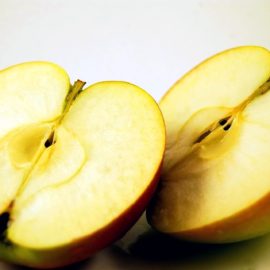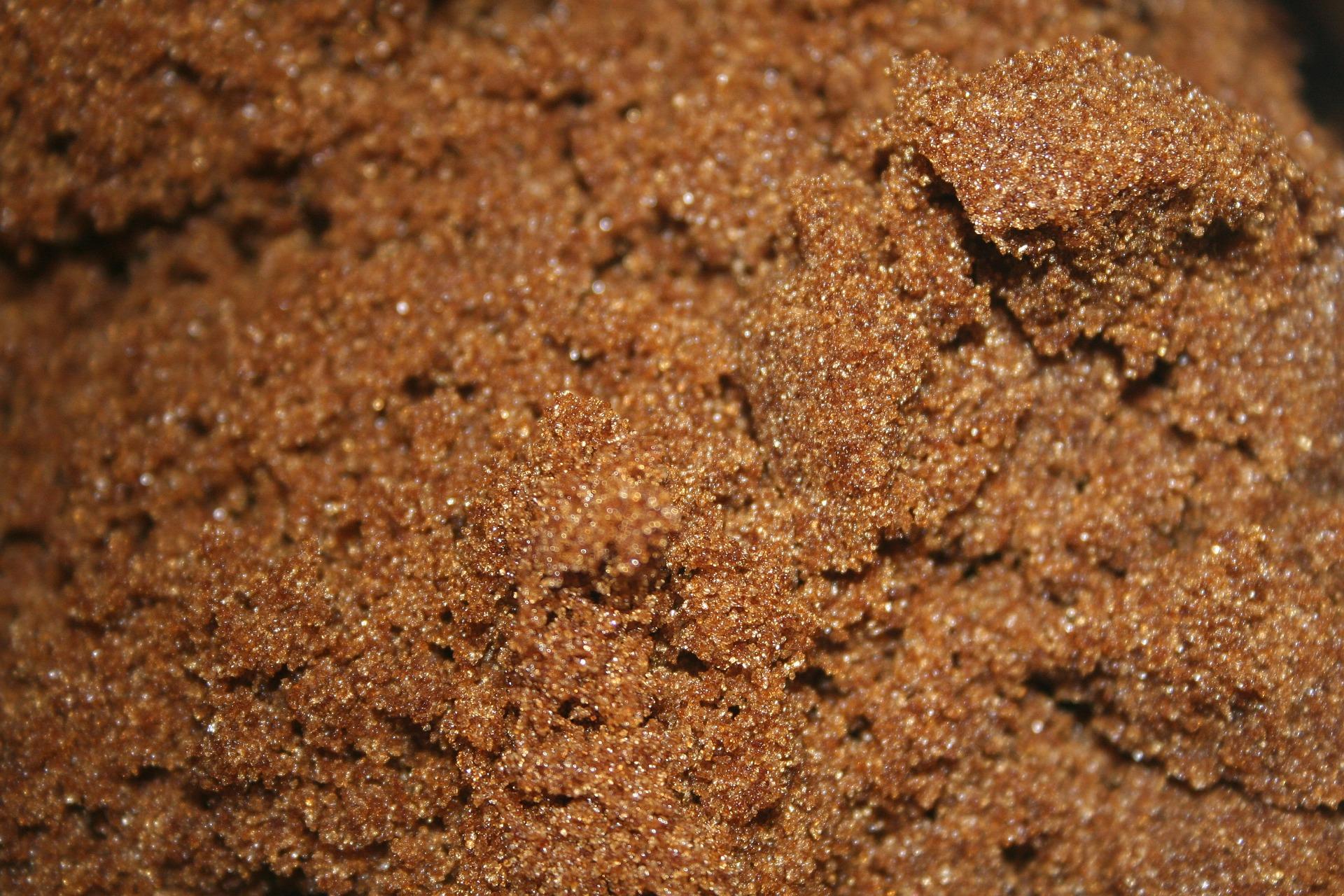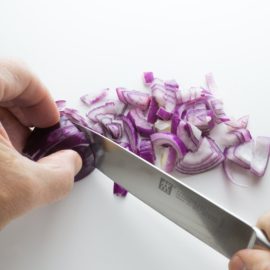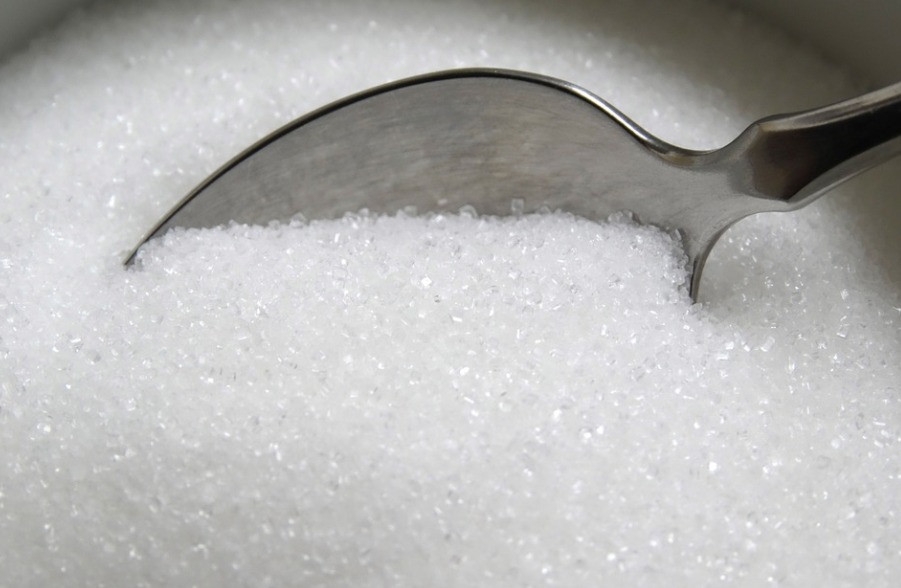
When we talk about sugar, we usually refer to table sugar. Generally, sugars refer to the group of sweet-tasting carbohydrates. Granulated table sugar is the most common form. It is the disaccharide sucrose, which is made up of glucose and fructose. To many, these carbohydrates are only added to food to add sweetness or flavor.
But if we take a closer look, sugar is more than that. Because of its properties, sugar can be used in trace amounts or as a primary ingredient to achieve a certain goal. Let’s take sugar to pizza dough for example. Sugar is not truly an essential ingredient in pizza dough. It is true that it adds sweetness to the dough, but it is only a secondary benefit. Truth is sugar is only added to help brown the crust of the pizza dough. This is especially the case if the oven is not capable of achieving this. Helping to produce browning, which is desirable in some foods, is just one of the several roles of sugar in food. Let’s discuss them further.
(This article does include artificial sweeteners because they do not possess functional properties such as browning, fermenting, and tenderizing.)
Table of Contents
ADDING SWEETNESS
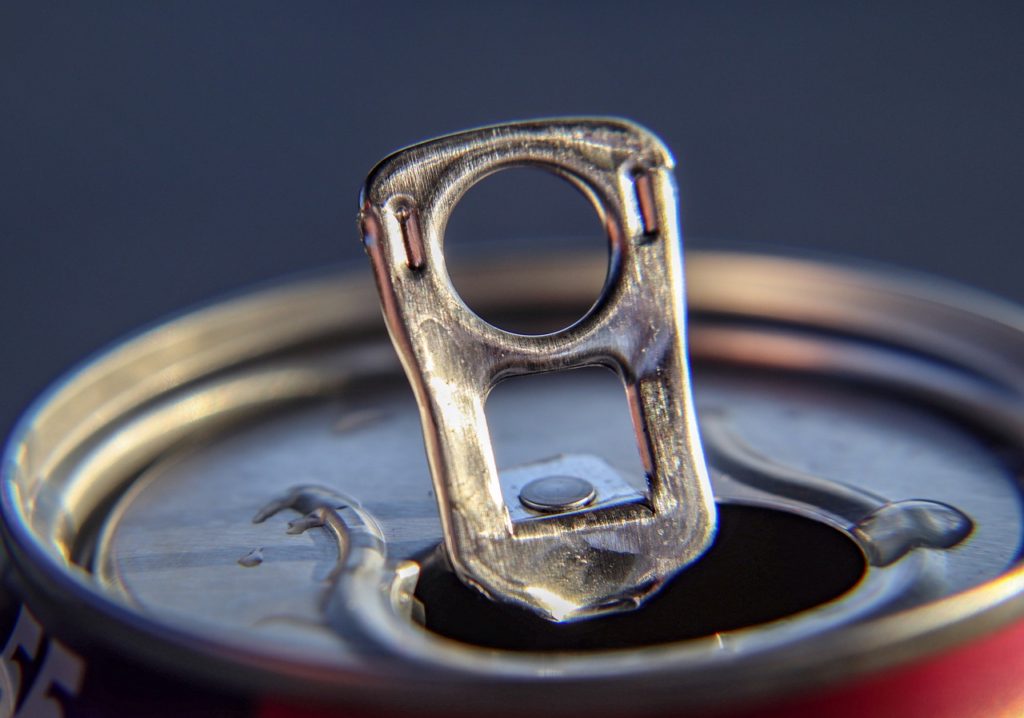
Baked goods, sodas, fruit juices, candies, pies, and pastries. Would these foods be enjoyed by many without sugar? In many processed foods, the added sugar makes them more appealing to consumers.
All sugars are sweet. Sugars owe this property to the OH (hydroxyl) groups with a particular pattern of bond. These can interact with the taste receptor for sweetness in our taste bud. The length and strength of the bonds determine the sweetness level of the sugar. This is the reason why sugars with tighter and stronger bonds are sweeter.
TENDERNESS TO BAKED GOODS
Have you ever tried working on a dough/batter without sugar? Sugar has multiple functions in baking. And one of them is adding tenderness to the batter or dough formula. Without sugar, gluten forms. Sure, gluten helps the baked good hold its shape and traps air released by leavening agents. However, too much gluten will make you work harder as it removes extensibility of dough.
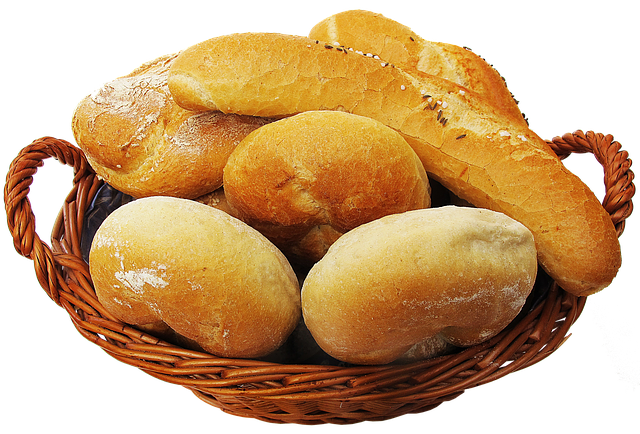
The result of this is a bread that is less tender, tough, and a has lower volume. But sugar prevents this from occurring by binding with proteins gliadin and glutenin. Sugar also absorbs water in the process, and thus there is less water for gluten formation.
PROMOTING BROWNING
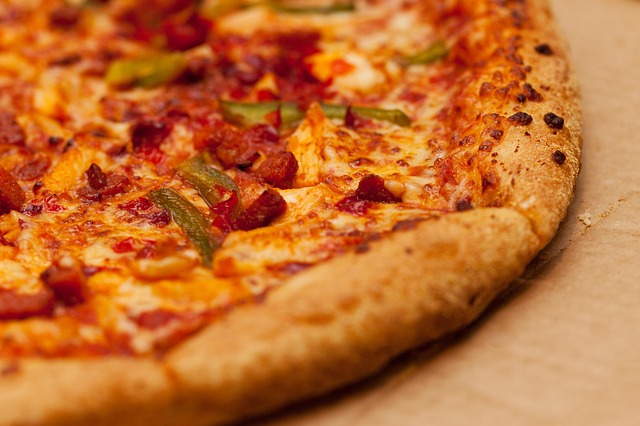
There are generally two types of browning that occur in food: enzymatic and non-enzymatic browning. Enzymatic browning is undesirable because it lowers the quality of the food and causes food waste. Non-enzymatic browning, on the other hand, is deliberately achieved to make food more appealing.
Non-enzymatic browning have two types: the Maillard reaction and caramellization, both of which require the presence of sugar to occur.
In the Maillard reaction, the reaction between the carbonyl group of a reducing sugar with the amine group of an amino acid produces browning. This occurs in baked goods, pie crusts, meats such as seared steaks, and toasted marshmallows. The Maillard reaction is more noticeable at a temperature of 284ºF (140ºC). In the later part of the reaction, brown, low molecular weight pigments called melanoidins form.
You might also like: What Happens During The Maillard Reaction?
While the Maillard reaction occurs as a result of reaction between proteins and sugars, caramelization is the pyrolysis of sugars. It occurs at a higher temperature of 248 °F (120 °C) to 356 °F (180 °C). Polymers are responsible for the browning, as well as the viscosity and stickiness during caramelization. These polymers include caramelans (C24H36O18), caramelins (C125H188O80), and caramelens (C36H50O25).
You might also like: The Science Behind Caramelization
EXTENDING SHELF LIFE
It is true that honey almost never expires. The main reason for this is its composition. Honey is a supersaturated sugar solution. The water molecules it contains are hydrogen-bonded to the highly concentrated sugar molecules. Because of this, the water activity of honey is very low.
What does it mean?
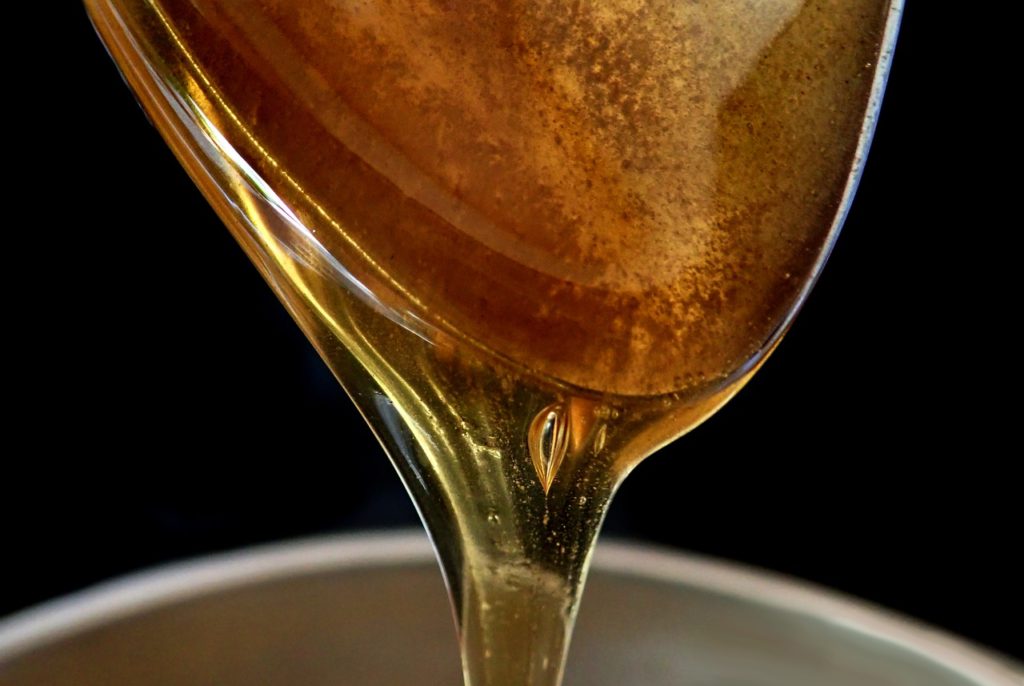
Water activity refers to the water molecules that are available to support the growth of microorganisms. Pure water has a water activity of 1.0. Fresh vegetables and meats have a water activity of 0.90 or higher. That is why they are highly perishable. Honey only has a water activity of 0.60. A water activity this low prevents microorganisms, even high osmotic pressure-resistant ones, to thrive and spoil the honey.
Preservation by using solutes (osmotic dehydration) such as salt and sugar is widely practiced around the world. It helps to extend the shelf life of foods such as jams, jellies, and pickles.
Water activity in relation to food safety is discussed in more detail here: Water Activity (aw) And Food Safety
PRODUCTION OF FERMENTED FOOD
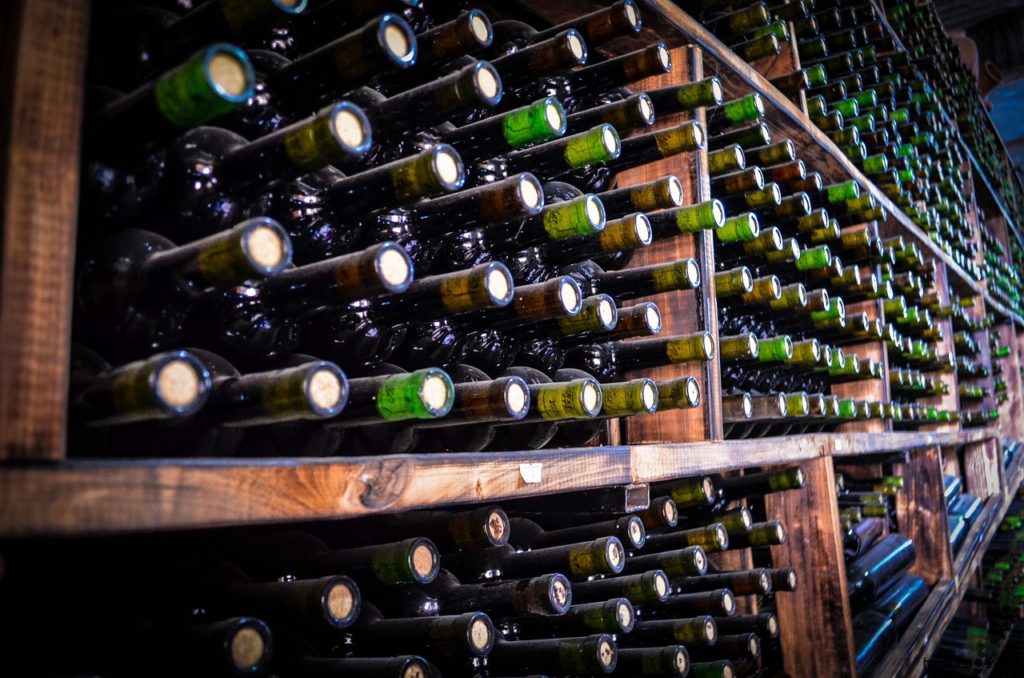
In order to make bread rise, a leavening agent such as baking soda or baking powder. Leavening may also be a result of fermentation using yeast or bacteria. Sugar is a basic substrate in food fermentation.
During fermentation, the microorganism consumes the sugar in the dough. In return, carbon dioxide, acids, alcohols, and other compounds are released. Carbon dioxide is what causes the bread to rise or leaven.
Although bread can be produced without sugar, it will take a little longer for the bread to rise.
Sugar is also necessary for fermented drinks. In brewing, the Saccharomyces cerevisiae yeast is responsible for making Ale beers. The disaccharide maltose makes up most of the sugar in beers. The yeast consumes and converts the sugar into carbon dioxide and alcohol. In home brewing, sugar is added to make stronger beers.
Saccharomyces cerevisiae yeast is also used to produce wine. Grapes are high in sugar content. Ripe ones contain an equal amount of glucose and fructose, both of which are fermentable sugars. Similar to beers, yeast converts the sugar into alcohol and carbon dioxide during wine fermentation. Once the alcohol content has reached the level high enough to kill the yeast, the remaining sugar becomes the residual sugar content of the wine.
WATER RETENTION
Sugars are hygroscopic. This means they are able to attract and hold moisture or water. In the food manufacturing industry, hygroscopic substances are a staple because not only are they able to prevent food from drying out, they also contribute to the finished product’s texture and viscosity, reduce its water activity, and control crystallization.
For the purpose of preventing food from drying out, brown sugar is a better choice than sucrose.
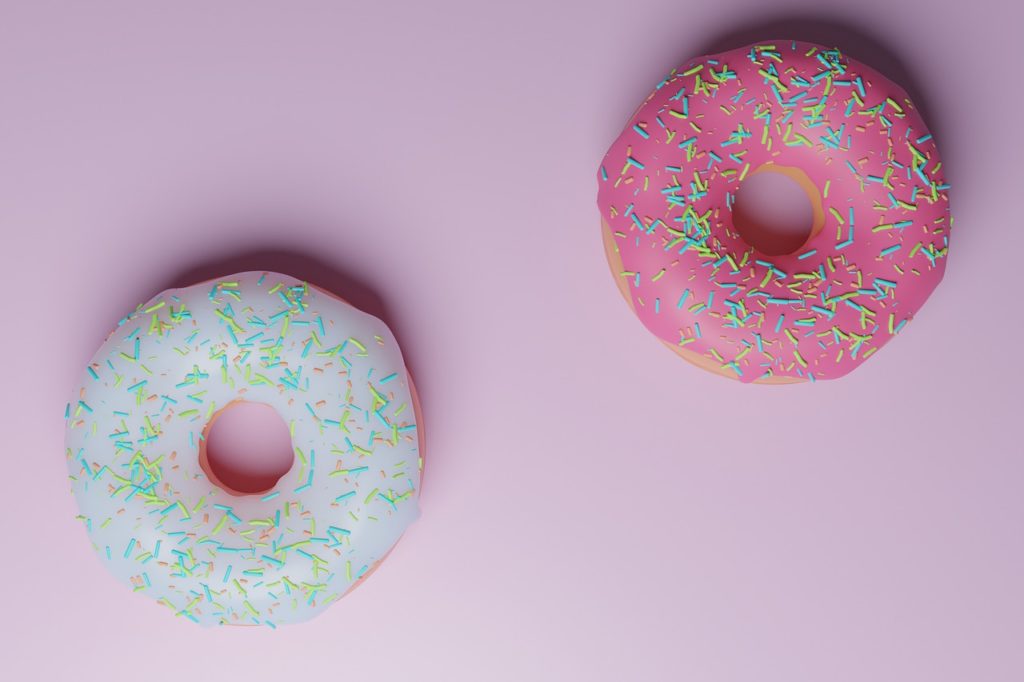
Brown sugar is brown because it contains molasses, a product of heating syrup of crushed sugar beets or sugar cane. It attracts water more readily than sucrose. So it won’t be surprising if you find brown sugar that starts to clump together if in storage for a long time.
Invert sugar, which brown sugar naturally contains, is also more hygroscopic than sucrose. This is because of the additional water molecules that can interact with two sugar molecules (fructose and glucose) relative to one (sucrose). It is a good ingredient to retain moisture and maintain chewiness in baked goods. The downside of this is that you do not get that glossy, crystalline top of the cookie since invert sugar does not crystallize. For that chewy treat with a glossy top, recipes may include the combination of brown and white sugar.
References:
M. Wallert, K. Colabroy, B. Kelly, J. Provost (2016). The Science of Cooking: Understanding the Biology and Chemistry Behind Food and Cooking. John Wiley & Sons, Inc.
V. Vaclavik and E. Christian (2014). Essentials of Food Science (4th edition). Springer
deMan, J. Finley, W. Jeffrey Hurst, Chang Yong Lee (2018). Principles of Food Chemistry (4th edition). Springer.
